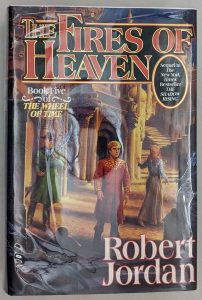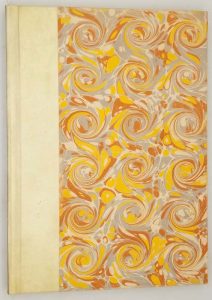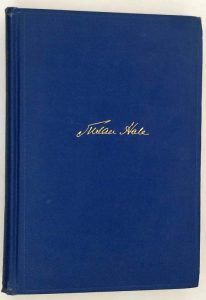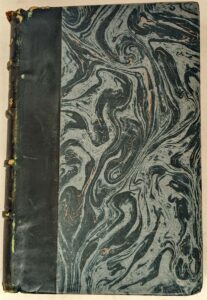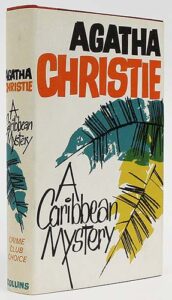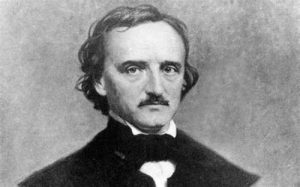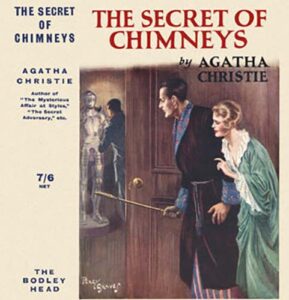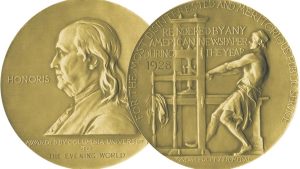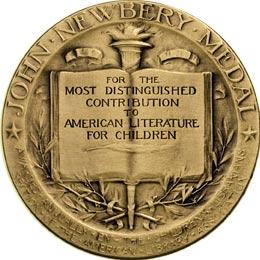Henry David Thoreau: The Philosopher of Simplicity and Civil Disobedience
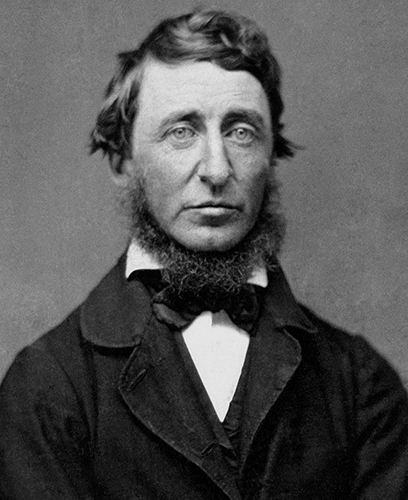
Early Life and Education
Henry David Thoreau was born on July 12, 1817, in Concord, Massachusetts, a small town that would shape his philosophical outlook and literary career. He was the third of four children in a modest but intellectually engaged family. His father, John Thoreau, was a pencil maker, and his mother, Cynthia Dunbar Thoreau, was an outspoken abolitionist who instilled in him a strong sense of social justice.
From an early age, Thoreau displayed a deep love for nature and independent thinking. He attended Concord Academy and later Harvard College (1833–1837), where he studied classics, philosophy, and science. Though he was an excellent student, he resisted formal education’s rigid structure, preferring to learn through self-directed reading and exploration. After graduating, he briefly worked as a teacher but resigned rather than comply with corporal punishment policies.
Friendship with Ralph Waldo Emerson and Transcendentalism
In the late 1830s, Thoreau befriended Ralph Waldo Emerson, the leading figure of the Transcendentalist movement. Transcendentalism, a philosophical and literary movement rooted in Romanticism, emphasized individualism, intuition, and the spiritual connection between humans and nature. Emerson became Thoreau’s mentor, introducing him to a circle of intellectuals, including Bronson Alcott, Margaret Fuller, and Nathaniel Hawthorne.
Emerson’s influence was profound—he encouraged Thoreau to keep a journal, which became the foundation of his later writings. Thoreau also lived with Emerson for a time, working as a handyman and tutor while developing his own philosophical ideas.
Walden Pond: The Experiment in Simple Living
Thoreau’s most famous experiment began in 1845 when he built a small cabin on land owned by Emerson near Walden Pond. He lived there for two years, two months, and two days, seeking to strip life down to its essentials. His goal was not to reject society entirely but to confront life deliberately, free from materialism and unnecessary labor.
During this time, he wrote A Week on the Concord and Merrimack Rivers (1849) and drafted much of Walden; or, Life in the Woods (1854), his masterpiece. Walden is both a personal memoir and a philosophical manifesto, advocating for self-reliance, simplicity, and a deep connection with nature. His famous declaration, “I went to the woods because I wished to live deliberately,” encapsulates his belief in mindful living.
Civil Disobedience and Political Activism
Thoreau was not just a recluse; he was also a passionate abolitionist and political thinker. In July 1846, while living at Walden, he was arrested for refusing to pay a poll tax in protest against slavery and the Mexican-American War. He spent a night in jail (an experience later immortalized in his essay “Civil Disobedience” (1849)).
“Civil Disobedience” argues that individuals have a moral duty to resist unjust laws. His ideas influenced later movements for social justice, including Mahatma Gandhi’s nonviolent resistance and Martin Luther King Jr.’s civil rights activism. Thoreau wrote:
“Under a government which imprisons any unjustly, the true place for a just man is also a prison.”
Throughout the 1850s, Thoreau became increasingly involved in abolitionism, helping enslaved people escape via the Underground Railroad and delivering fiery speeches in defense of John Brown after his raid on Harpers Ferry.
Later Years and Literary Contributions
After leaving Walden, Thoreau returned to Concord, where he worked in his family’s pencil business while continuing to write and lecture. He traveled extensively through the Northeast, Canada, and Minnesota, documenting nature and Native American life. His later works include:
- “Slavery in Massachusetts” (1854): A scathing critique of the Fugitive Slave Act.
- “Walking” (1862): An essay celebrating wilderness and the spirit of exploration.
- “The Maine Woods” (1864): A posthumously published account of his expeditions.
Thoreau also became an early environmentalist, keeping detailed records of seasonal changes in Concord and advocating for conservation—an idea ahead of its time.
Illness and Death
In 1860, Thoreau contracted tuberculosis after getting caught in a rainstorm while counting tree rings. His health declined over the next two years, yet he continued writing and revising his works. Aware of his impending death, he spent his final months preparing essays for publication.
On May 6, 1862, at age 44, Thoreau died in Concord. His last words were reportedly “Moose” and “Indian,” reflecting his lifelong fascination with nature and indigenous cultures. Emerson eulogized him as a man who “chose to be rich by making his wants few.”
Legacy and Influence
Though not widely recognized during his lifetime, Thoreau’s ideas grew in stature after his death. His works became foundational texts in environmentalism, anarchism, and civil rights movements. Key aspects of his legacy include:
Environmentalism
Thoreau is considered a forefather of the modern environmental movement. His meticulous nature journals contributed to ecology as a science, and Walden inspired generations of conservationists, including John Muir and Rachel Carson.
Political Resistance
“Civil Disobedience” remains one of the most influential essays on protest and moral conscience. Gandhi cited it as inspiration for his campaign against British rule, and King applied its principles in the fight against segregation.
Literary Influence
Thoreau’s concise, poetic prose influenced writers like Robert Frost, E.B. White, and Annie Dillard. His blend of personal reflection and philosophical inquiry set a precedent for nature writing and memoir.
Critique of Industrialization
Thoreau’s skepticism of technology and consumerism anticipated later critiques of industrial society. His advocacy for simple living resonates in today’s minimalism and sustainability movements.
Henry David Thoreau was more than a recluse who lived in the woods—he was a radical thinker who challenged societal norms, championed individual freedom, and redefined humanity’s relationship with nature. His writings continue to inspire those who seek meaning beyond materialism and who believe in the power of conscience over unjust laws.
As Thoreau himself wrote in Walden:
“If a man does not keep pace with his companions, perhaps it is because he hears a different drummer. Let him step to the music which he hears, however measured or far away.”
His call to live deliberately, resist oppression, and embrace the natural world remains as urgent today as it was in the 19th century. Thoreau’s legacy endures not just in books but in the countless lives shaped by his uncompromising vision of truth and freedom.
Henry David Thoreau also influenced many artists and authors including Edward Abbey, Willa Cather, Marcel Proust, William Butler Yeats, Sinclair Lewis, Ernest Hemingway, Upton Sinclair, E. B. White, Lewis Mumford, Frank Lloyd Wright, Alexander Posey, and Gustav Stickley.
Henry David Thoreau – First Editions Identification Guide
This is a selective bibliography of Thoreau’s most important works. For further details of his other works, please refer to the reference section.
| Year | Title | Publisher | First edition/printing identification points |
|---|---|---|---|
| 1849 | A Week on the Concord and Merrimack Rivers | Boston: James Munroe and Company | Four bindings, no priority:
Note: pp. 351-356: catalogue of Scott’s publications. |
| 1854 | Walden; or Life in the Wood | Boston: Ticknor and Fields, , M DEntered according to Act of Congress, in the year LIV | Brown T cloth (ribbed). Front and back covers blind-stamped with triple-rule border, small floral design extending in from each corner, and large scroll work design in center. Spine blind-stamped with rules and gold-stamped ($1.00). "Entered according to Act of Congress, in the year 1854" stated on © page. 2000 copies printed. ALSO: Boston: Ticknor and Fields, MD. Entered according to Act of Congress, in the year LXII. Second printing. Notes: Numerous reprints of the Ticknor & Fields plates until 1890. There were apparently twenty-seven printings made from the original plates. ALSO: London: Walter Scott, 1886. First English edition. Very red or dark blue BF cloth (linen-like). Front cover upper left corner stamped in black. |
| 1863 | Excursions | Boston: Ticknor and Fields, 1863 | Three bindings, green cloth; various types,no priority: (A) BD cloth (pebbled).(B) TR cloth (sawtooth). (C) Z cloth (triangles). "Entered according to Act of Congress, in the year 1863" stated on © page. 1500 copies printed. ALSO: Boston: Ticknor and Fields, 1964. Second printing. Note: Excursions continued to be reprinted from the Ticknor & Fields plates until the Riverside Edition was published in 1894. |
| 1864 | Maine Woods | Boston: Ticknor and Fields, 1864 | Nine bindings, no priority:
Notes: The Maine Woods continued to be reprinted from the T&F plates until the Riverside Edition was published in 1894. |
| 1865 | Cape Cod | Boston: Ticknor and Fields, 1865 | Front and back covers blind-stamped with thick-rule border enclosing lighter-rule border within a second double-rule border with small design in corner blocks, wreath in center. Spine blind-stamped with heavy and light rules at top and bottom and gold-stamped. 24-page catalogue dated December 1864 inserted at back. Seven bindings, no priority:
ALSO: London: Sampson Low & Co, 1865. First English edition. Dark green P cloth (pebbled). Front and back covers blind-stamped with triple-rule border and large scroll-work design in center. Spine gold-stamped. |
| 1865 | Letters to Various Persons | Boston: Ticknor and Fields, 1865 | Eight bindings, priority as listed:
|
| 1866 | A Yankee in Canada | Boston: Ticknor and Fields, 1866 | Front and back covers blind-stamped with thick-rule border enclosing lighter-rule border within a second double-rule border with small design in boxed corners, and wreath in center. Spine gold-stamped, pp. 287-288: blank. Six bindings, no priority:
|
| 1881 | Early Spring in Massachusetts | Houghton, Mifflin and Company 1881 | Deep green S cloth (silk). Front cover goldstamped with signature “Henry D. Thoreau”. "Copyright, 1881" stated on © page. |
| 1884 | Summer | Houghton, Mifflin and Company,1884 | Deep green S cloth (silk). Front cover gold-stamped with signature “Henry D. Thoreau”; back cover blank. Both cover edges beveled. Spine gold-stamped. "Copyright, 1884" stated on © page. 1250 copies printed. ALSO: London: T. Fisher Unwin, 1884. First English edition. Deep green S cloth (silk). Front and back cover edges beveled. Front cover gold-stamped. T. Fisher Unwin catalogue dated 1884 inserted at back. |
| 1888 | Winter | Houghton, Mifflin and Company, 1888 | Deep green S cloth (silk). Front cover goldstamped with signature “Henry D. Thoreau”; back cover blank."Copyright, 1887" stated on © page. |
| 1892 | Autumn | Houghton, Mifflin and Company, 1892 | Deep green S cloth (silk). Front cover blind-stamped with the signature “Henry D. Thoreau”; back cover blank. "Copyright, 1892" stated on © page. 500 copies printed. |
| 1894 | Miscellanis | Houghton, Mifflin and Company, M DEntered according to Act of Congress, in the year XCIV | Deep green BF cloth (fine bead). Covers blind-stamped with rule border. Spine goldstamped. "Copyright 1893, by Hougnton, Mifflin & Co." stated on © page. 500 copies printed. |
| 1895 | Poems of Nature | London: John Lane, The Bodley Head, MDEntered according to Act of Congress, in the yearXCV | Gray yellow-brown V cloth (linen-like). Front and back covers blank. Front and back covers beveled. Spine gold-stamped. Limited to 750 copies, 250 copies to be published in America by Houghton, Mifflin. |
Reference:
- Raymond R. Borst: Henry David Thoreau, A Descriptive Bibliography
